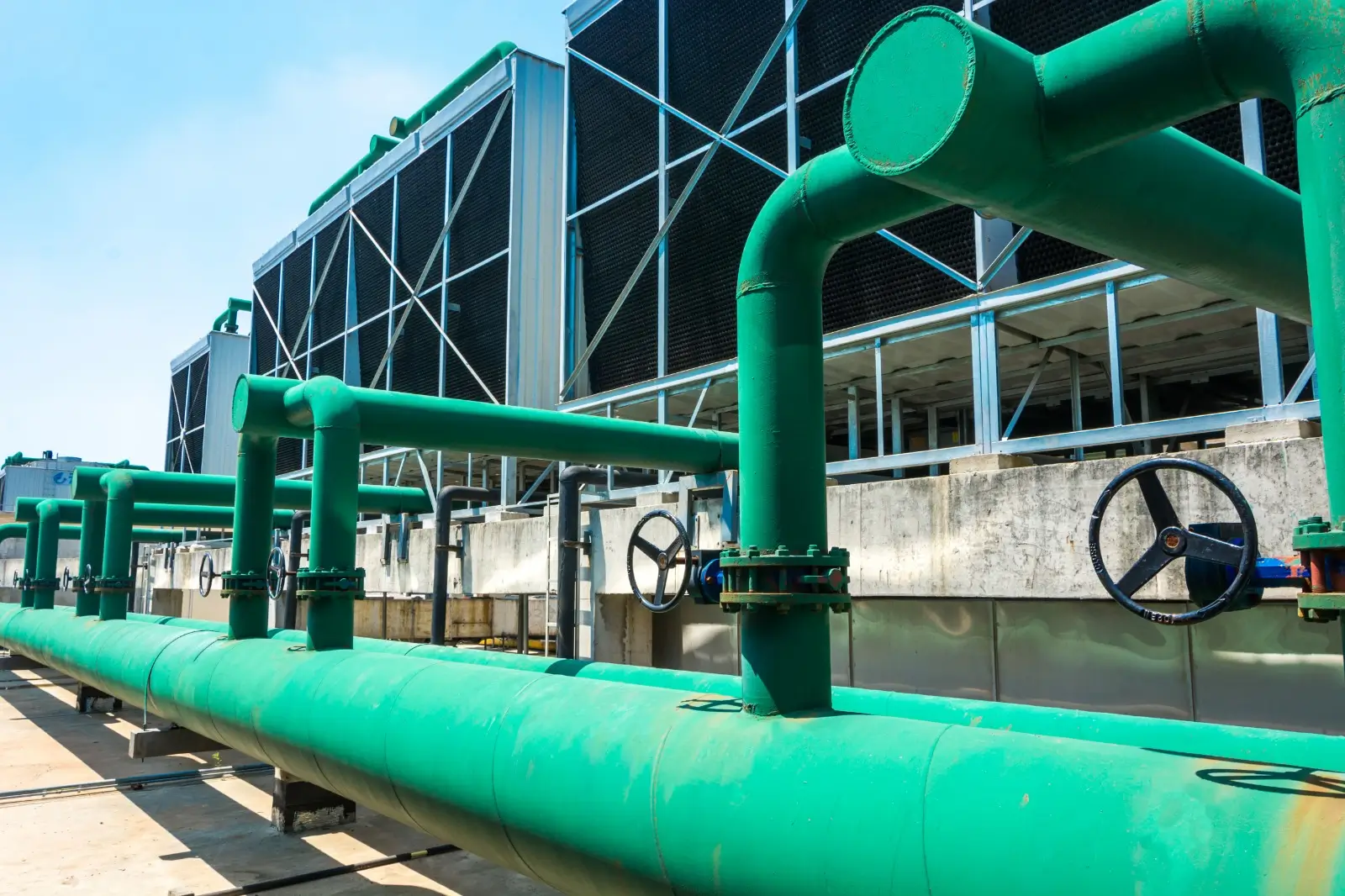As water scarcity becomes a growing concern across California and beyond, sustainable building design must prioritize water efficiency from the ground up. A critical but often underappreciated aspect of this effort lies in effective plumbing services. By designing intelligent plumbing systems that minimize waste and maximize performance, MEP engineers are leading the charge toward responsible water use in both new construction and retrofit projects.
From fixture selection to water reuse strategies, professional plumbing solutions are no longer just about convenience—they’re about long-term resilience. And whether the project is a high-rise, hospital, or housing complex, today’s systems must meet rigorous performance standards while aligning with evolving sustainability goals.
Designing for Water Efficiency from Day One
MEP engineers embed water-saving strategies into the design phase of a project, long before the first pipe is laid. Through plumbing services that are strategically coordinated with mechanical and electrical systems, they ensure buildings are both code-compliant and conservation-forward.
Key design elements include:
- Low-flow fixtures and sensor-based faucets to reduce unnecessary water usage
- Dual-flush toilets, aerators, and pressure regulators
- Water-efficient appliances in kitchens and laundry areas
- Use of greywater systems for irrigation or non-potable reuse
These systems are tailored to the project type—whether it’s residential and commercial plumbing—and help buildings meet standards like CALGreen and LEED for water efficiency.
Leveraging Smart Technology in Plumbing Systems
Technology is transforming how plumbing services contribute to conservation. With intelligent monitoring tools and automation, building owners can now track water consumption in real time, detect leaks early, and manage supply more efficiently.
Licensed plumbing contractors and MEP teams are deploying:
- Smart meters and leak detection sensors
- Pressure-regulated valves to avoid over-usage
- Building management systems (BMS) that monitor water data alongside HVAC and energy use
These smart technologies allow for proactive maintenance and optimized usage patterns—both key to achieving meaningful water savings across a building’s lifecycle.
Repair, Retrofit, and Maintenance for Older Systems
Water conservation isn’t just a goal for new construction. Many existing buildings lose thousands of gallons each year due to outdated infrastructure and undetected leaks. Expert plumbing repair services can identify problem areas and implement strategic upgrades that yield major efficiency gains.
Common retrofit solutions include:
- Replacing outdated fixtures and pipework
- Retrofitting with water-saving devices
- Installing recirculation systems to eliminate long wait times for hot water
- Addressing pressure issues that lead to water waste
By offering both design and local plumber services, MEP firms like Budlong support building owners throughout the entire system lifecycle—from planning and installation to long-term performance and conservation.
Supporting Code Compliance and Sustainability Certifications
California’s CALGreen Code and other state mandates require buildings to meet strict water efficiency benchmarks. Professional plumbing solutions ensure that systems are designed, documented, and installed in full compliance with local and state codes.
Beyond compliance, many projects also aim for certifications like:
- LEED (Leadership in Energy and Environmental Design)
- WELL Building Standard
- Net Zero Water Goals
MEP engineers and licensed plumbing contractors help projects align with these frameworks by integrating high-efficiency designs and robust documentation from day one.
Addressing Diverse Project Types and Building Needs
Water conservation strategies must adapt to the needs of different sectors. For example:
- Residential and commercial plumbing systems vary in demand patterns, requiring distinct sizing and fixture approaches.
- Healthcare facilities demand redundancy and strict water quality control.
- Multi-family and mixed-use buildings may benefit from centralized plumbing systems or shared greywater loops.
Experienced teams offering integrated plumbing services ensure that each project receives a tailored approach that balances performance, conservation, and budget.
Conclusion
Water is one of our most precious resources—and in the face of rising demand and dwindling supply, every drop counts. Through thoughtful design, smart technology, and expert implementation, modern plumbing services are playing a central role in sustainable building design.
Whether it’s new construction or a strategic retrofit, MEP-led professional plumbing solutions are proving that conservation and performance can go hand in hand. For building owners, developers, and design teams committed to long-term sustainability, working with licensed plumbing contractors and experts in residential and commercial plumbing is not just a recommendation—it’s a requirement.

